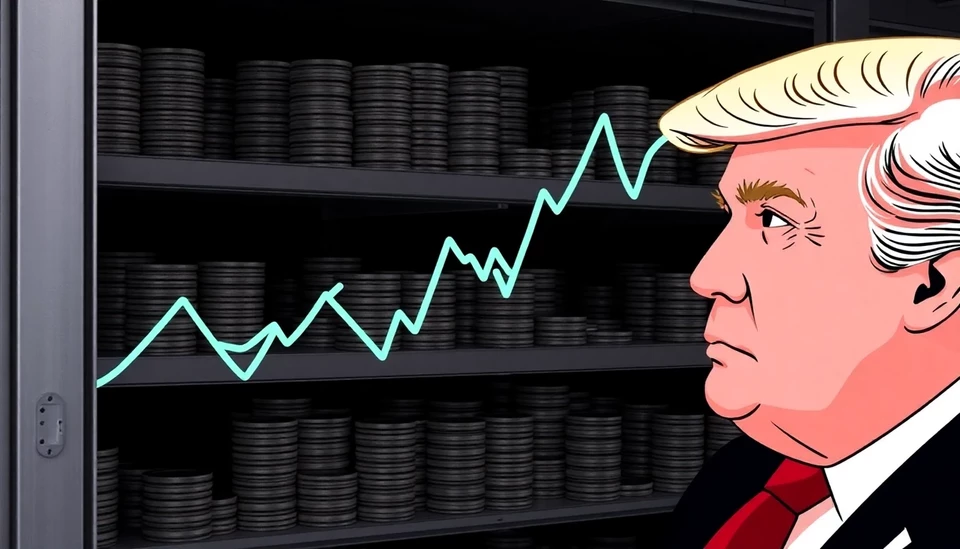
In recent developments, economic analysts are closely observing the inflation trends in the United States as they may provide significant insights into the effects of the tariffs implemented during former President Donald Trump's administration. The tariffs were originally enacted with the intention of protecting domestic industries but have sparked heated debates regarding their long-term implications on the economy.
According to economic reports, the inflation rate in the U.S. has been influenced by various factors, including supply chain disruptions and rising energy costs, but the tariffs have added an additional layer of complexity. As these tariffs remain in place, they are expected to contribute to increasing prices for consumers in various sectors, particularly those reliant on imported goods.
The trade levies, notably imposed on numerous products from several countries, have resulted in a complex interplay between domestic demand and supply chain constraints. A recent analysis indicates that while these tariffs were meant to bolster American manufacturing, they may have inadvertently increased costs for consumers without significantly improving domestic production capabilities.
Experts predict that as inflation data continues to emerge, it will become clearer how the tariffs are impacting everyday consumers. Rising prices on consumer staples such as food, textiles, and electronics can be attributed in part to these trade policies. Many households are beginning to feel the pinch, with essential goods becoming less affordable due to rising tariffs imposed on imports.
Moreover, the Federal Reserve faces a challenging balancing act as it attempts to maintain economic stability while addressing burgeoning inflation. As interest rates fluctuate in response to economic conditions, the interplay between tariffs and inflation could dictate monetary policy decisions in the near future.
The broader implications of these tariffs extend into international relations as well. The U.S. continues to navigate its trading relationships with countries impacted by the tariffs, which can complicate diplomatic efforts and negotiations on other fronts. Observers are monitoring how global trade dynamics might shift in response to the ongoing inflation driven by domestic policies.
As the nation heads into uncertain economic territory, both consumers and policymakers are recommended to remain vigilant. With inflation as a looming concern, the final repercussions of Trump's tariff decisions may only be fully understood in the coming months. Analysts emphasize the importance of tracking these trends to assess the future economic landscape of the U.S.
The discourse surrounding tariffs, inflation, and consumer impact remains critical, as these issues will likely serve as focal points in forthcoming economic discussions and elections. Stakeholders across various sectors are encouraged to stay informed and adapt to the evolving economic climate influenced by these longstanding trade policies.
In light of these developments, the U.S. economy finds itself at a crossroads, where the effects of former policies are now beginning to surface in tangible ways for American consumers. The outcome of this scenario will undoubtedly be pivotal in shaping future trade and economic strategies within the nation.
#TrumpTariffs #Inflation #USEconomy #TradePolicy #EconomicImpact
Author: Laura Mitchell




